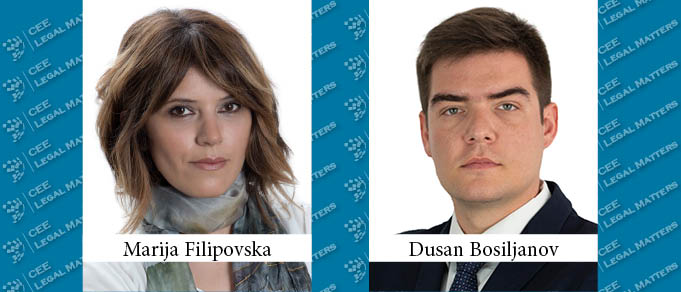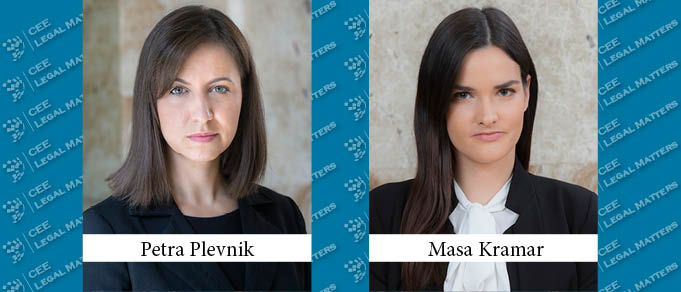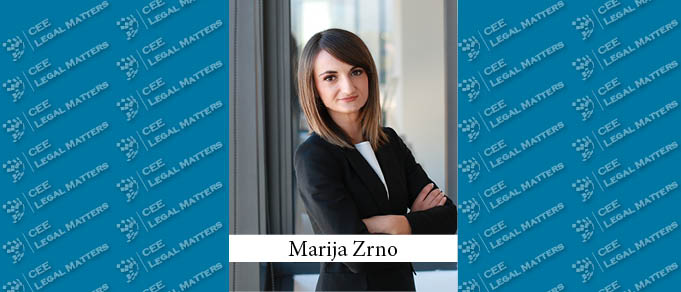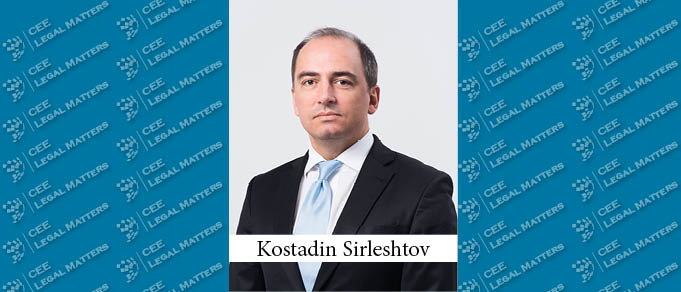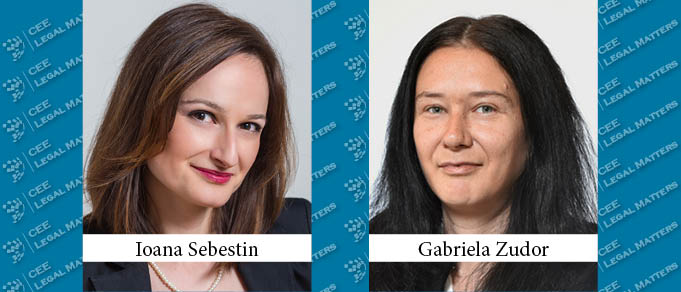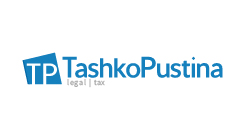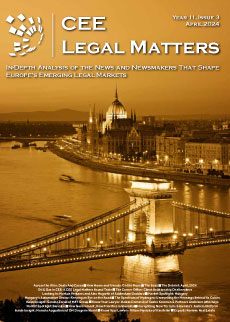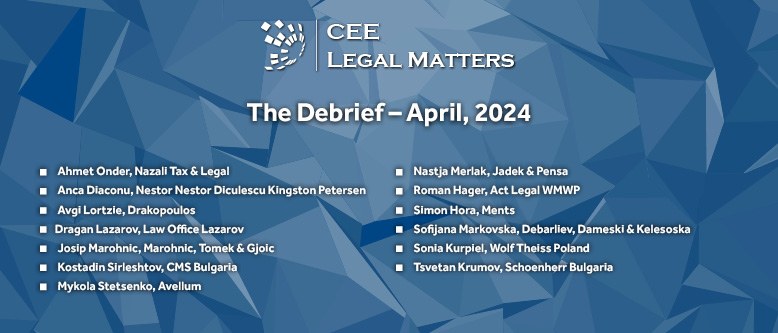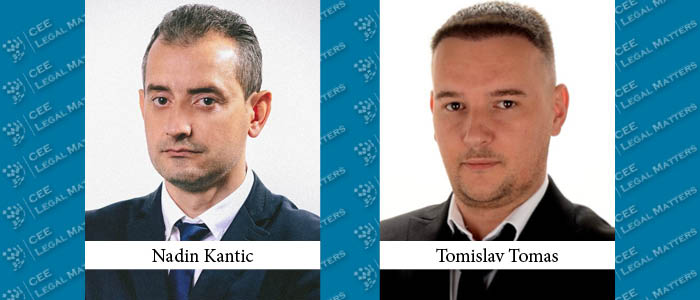The transportation sector is one of the most important factors for a country’s progress. Montenegro’s transportation sector has been transforming over the past few years towards the goal of harmonizing its infrastructure and services with European Union regulations. The Transportation Development Strategy of Montenegro for 2019-2035 (the “Strategy”) was adopted to regulate the guidelines and plans for future projects as well as to present the current state of the transportation sector in Montenegro. The Strategy aims to improve transportation in Montenegro and thus significantly enhance both tourism and business.
“Little Schengen” Project in a Nutshell – What Does It Mean For Your Business?
If the Western Balkan countries are in your business spotlight, you must have heard about the “Little Schengen” project that was discussed between the governments of Albania, Serbia, and North Macedonia, and the signing of the consequent Declaration on Establishment of Free Movement of People, Goods and Services on October 10, 2019 between the leaders of these countries (“Little Schengen Declaration”). Although it may be argued that the “Little Schengen” project comes as an answer to the fact that the “Big Schengen” is still out of the reach for these Balkan countries, closer economic cooperation between the Western Balkan countries is a trend that’s being going on for a while. In particular, four months prior to the signing of the Little Schengen Declaration, North Macedonia and Serbia signed an agreement to establish joint controls at the border crossing point of the road between North Macedonia and Serbia (the “Bilateral Agreement”).
Can EU Member States Protect Vital Air Routes After the Bankruptcy of National Air Carriers by Subsidizing Those Routes?
Slovenian national air-carrier Adria Airways is one of many European airlines that filed for bankruptcy in 2019. While passengers with planned trips and prepaid tickets were left to their own ingenuity, the Slovenian Government worried about the effects of Adria Airways’ bankruptcy on Slovenia’s air traffic and important airline connections from Ljubljana Airport to other important cities and regions.
Trends in Logistics and Transportation: The Struggle Between Technological Development and Restrictive Legal Rules
The words which probably best describe trends in the field of logistics and transportation are “information connectivity” and “automatization.” The aim of both is the same – to increase efficiency and to achieve effective control of time, costs, quality of services, etc. In Croatia, as elsewhere, these concepts have resulted in some new legal challenges.
Bulgaria: The Automotive, Logistics, and Transportation Hub of the Balkans
The automobile part-and-component-production sector’s expansion in recent years has become a motor of the Bulgarian industry and economy. Since the Japanese company Yazaki’s investment some 15 years ago, and following Bulgaria’s EU accession in 2007 – and thanks to the common European market and the globalization of car production – Bulgarian car part manufacturers have successfully integrated into European and international supply chains as suppliers and subcontractors for global brands such as BMW, Mercedes, Renault, Nissan, Audi, Ford, Porsche, and Tesla. Nowadays, 80% of all cars have parts produced in Bulgaria. In some specific segments, Bulgarian manufacturers have become absolute market leaders - for example, 90% of the airbag sensors in all European cars are produced in Bulgaria.
Ridesharing Through Digital Platforms Regulated in Romania
After a period of uncertainty arising from the absence of any regulations related to ridesharing activities through digital platforms, which included a tumultuous series of strikes and protests by traditional cab service providers in major Romania cities, on June 25, 2019, the Government of Romania passed Government Emergency Ordinance 49/2019 on Ridesharing by Cars with Drivers.
Recent Developments in the Field of Transportation in the Republic of Serbia
Throughout its history, Serbia, located as it is at the intersection between major trading centers, has been recognized as a point of utmost importance in terms of transportation, and it remains so today. This requires constant improvement in transportation conditions and compliance with European Union regulations. In order to meet these requirements, the General Master Plan for Transport in Serbia (TMP) was adopted in 2009, providing the guidelines and plans for each transportation sector until 2027. The TMP is also the platform for current and future transportation-related projects, irrespective of the funding modality.


